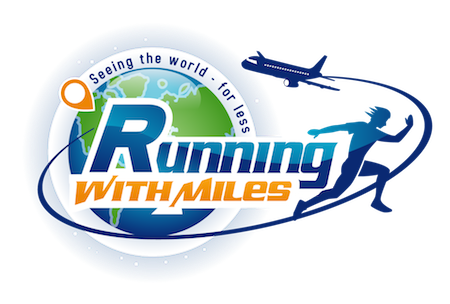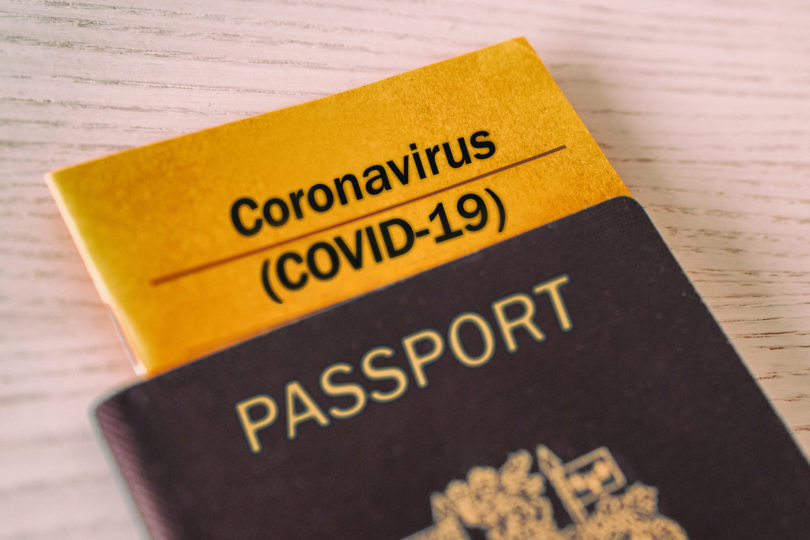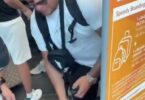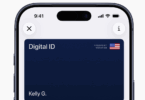The other day, in the wake of news about the Omicron strain of the coronavirus, the US began to “leak” news about new restrictions that would be announced today. Among these new restrictions were rumors of mandatory self-quarantine but now we have a complete look at what will be required.
New Rules for Travelers to the US
Tighter Testing Restrictions
Last month, November 8, the US opened its doors once again to travelers all over the world. However, with that opening came the requirement that all non-US passport holders would be required to be vaccinated as well as take a PCR test or rapid antigen test within 3 days of their flight to the US.
All US passport holders were free to return to the US without being vaccinated but if not vaccinated, these travelers needed to be tested one calendar day before their flight to the US.
The new rules, set to go into effect early next week, will require ALL travelers to the US (regardless of vaccination status) to be tested the day before their flight to the US.
In places like Europe, that is not really a problem as they have readily available testing sites (and for little cost, too) but this will become a problem for people in other countries where the testing is not as well populated in all regions. The worst part will be for travelers who have a connecting flight before their flight to the US since many smaller towns/cities may not have rapid testing sites that are easily accessible or open the necessary times for a passenger that needs one for the US.
Mask Mandate Extended
In addition to new testing requirements, the US has extended the mask mandate for international arrivals and all domestic travelers until March, 2022. This means that masks will continue to be required onboard aircraft as well as in airports. In addition, it will continue to be required for all passengers, regardless of nationality or vaccination status over the age of 2.
No Quarantine and No Testing on Arrival
The parts that did not make it into the final rules were quarantine rules and testing after arrival in the US. The government said they did not want to put the strain of quarantine enforcement on the system but I am guessing that they realized this was not something they could federally mandate since they had their Justice Department exploring such an option earlier this week.
To be honest, there is no way that a self-quarantine would have worked anyway. Police departments, if given the authority to check on this, would likely have protested as many had with other restrictions last year. There is no way to actually enforce a self-quarantine and it would have been wholly impractical for travelers that were traveling around for business, something that has come back quite a bit, especially between the US and Europe, in the last few months.
Furthermore, the US has decided to not require testing on arrival. There had been some mention that they would require another test 3-5 days after arrival but, again, this would have been impossible to enforce. And if the government was not providing these tests, this would not have happened anyway.
Lastly, the US will be requiring insurance companies to cover at-home COVID tests for people that do want to take one when they are arrive back home. This will eliminate around a $20 cost for these tests which may encourage people to take them. That is still too expensive, anyway. We buy at-home tests in Greece for just $5 so it is a shame the US cannot get that price down (actually, we know they can…).
Bottom Line
The biggest change with these new rules is for those vaccinated travelers that will not have to test one day before their flight to the US. These restrictions are expected to go into effect early next week so make sure you keep an eye on this if you have a flight to the US in the next few days.
I really wish they had done away with the mask mandate for 2-4 year olds. There has not been anywhere near enough information that shows they are carriers of the virus and other countries, such as all European countries, do not require masks to be worn by children that young. Many do not require it under the age of 6. Also, they do not require testing for children that young while the US is requiring testing for children as young as 2. As a father of a 2 year old who will soon be having to do this, it becomes even more personal.








